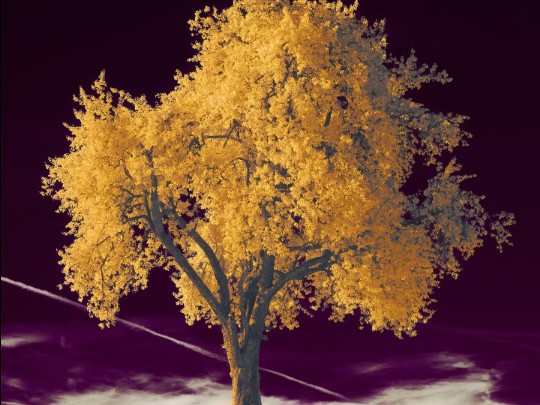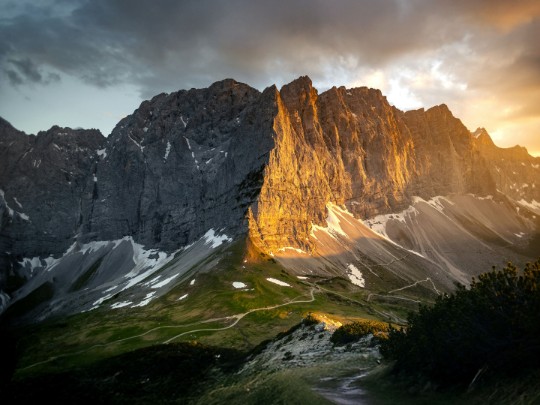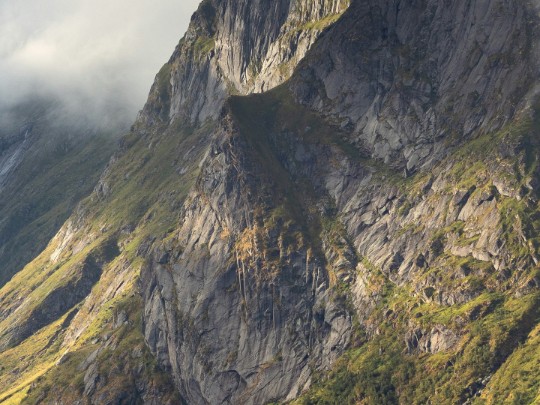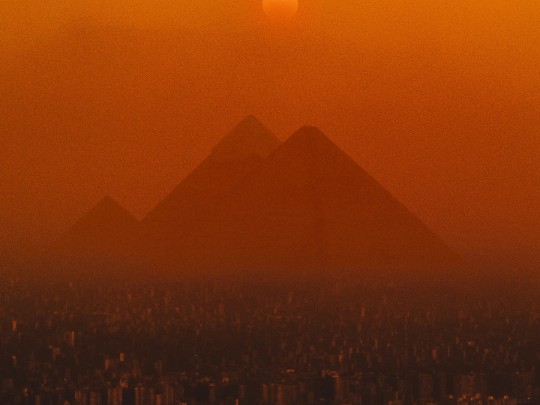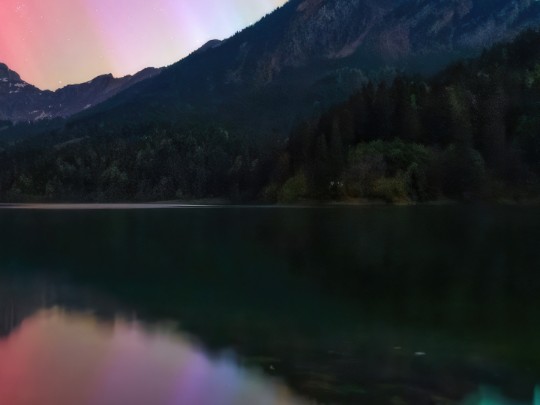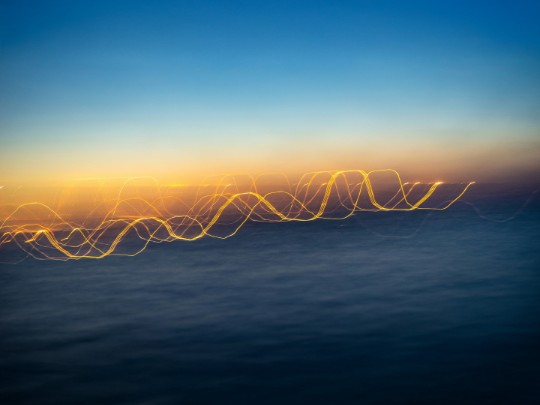Chasing the Golden Hour: Stunning Lake Reflections in New Zealand

There's something truly captivating about that moment when the sun dips below the horizon, and twilight washes over the land. Here in New Zealand, we're blessed with breathtaking sunsets that paint the sky in a riot of colours – fiery oranges, soft pinks, and deep purples. But to truly appreciate this spectacle, you need to witness it reflected in the still waters of a lake. The resulting lake reflection is nothing short of magical, a scene so serene it feels like stepping into another world.
Think about it: the gentle ripples on the water's surface mirroring the vibrant sky above, creating a doubled dose of beauty. It's a scene that inspires awe and wonder, and it’s easy to see why so many find it romantic. It evokes the same feeling of quiet mystery and beauty that we associate with stories like Twilight – a perfect backdrop for contemplation and connection.
Whether you’re a seasoned photographer looking for that perfect shot, or simply someone seeking a moment of peace and tranquility, experiencing a twilight lake reflection is an absolute must. It’s an opportunity to disconnect from the everyday, breathe in the fresh air, and appreciate the simple, stunning beauty that surrounds us. New Zealand boasts countless lakes, each offering a unique perspective on this phenomenon. Imagine standing on the shores of Lake Tekapo, the turquoise water mirroring the vibrant hues above, or the stillness of Lake Matheson, known for its incredibly clear reflections of Mount Cook and the Southern Alps.
Don’t just dream about it – get out there and experience it! Find a quiet spot by a lake, wait for the golden hour, and prepare to be mesmerized. The memory of that shimmering, mirrored beauty will stay with you long after the sun has set. Grab your camera, your loved ones, and prepare to capture a moment of pure magic. Golden hour is a photographer's dream and a soul's delight.
Tips for capturing the perfect lake reflection photo:
- Arrive early: Secure your spot and allow time for the light to change.
- Use a tripod: For sharp, clear images, especially in low light.
- Experiment with exposure: Balance the brightness of the sky and the water.
- Look for interesting foreground elements: Rocks, trees, or reeds can add depth and context.

